17
Periodontal screening
Figure 17.1 (a) Sextants and grid for recording BPE in adults. (b) Index teeth highlighted in yellow on UR6, UR1, UL6, LL6, LL1 and LR6 for recording BPE in teenagers and children.
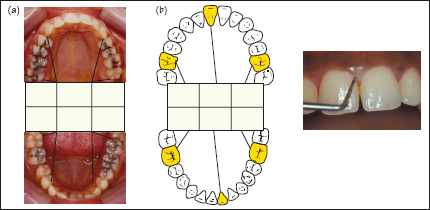
Figure 17.2 Features of the probe used for periodontal screening using BPE.
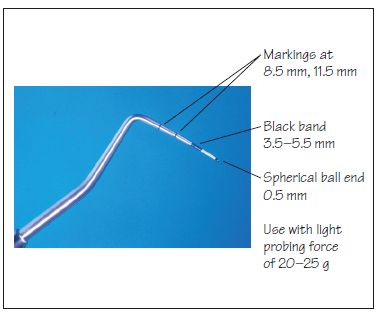
Figure 17.3 BPE codes and criteria.
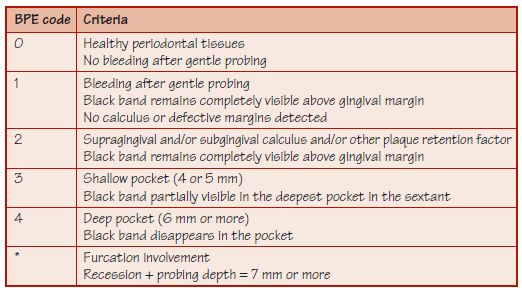
Figure 17.4 Use of probe and codes for BPE. Code * Recession and probing depth = 7 mm or more.
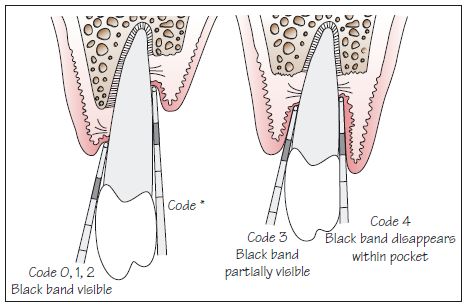
Figure 17.5 Examples of BPE codes for various periodontal diagnoses.
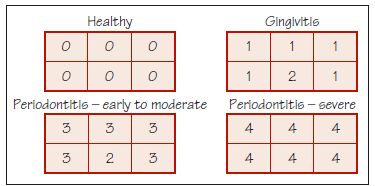
Figure 17.6 Management options for BPE codes.
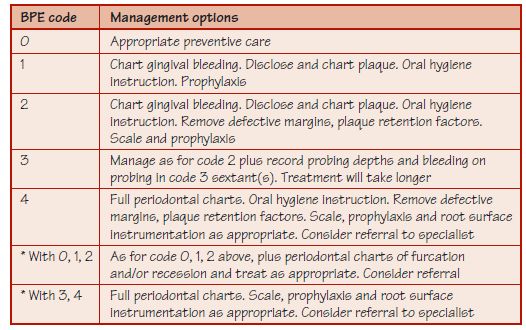
Figure 17.7 Suggested periodontal indices to use for BPE codes.
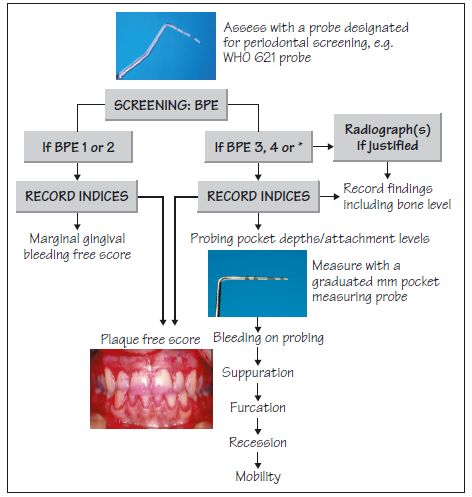
Periodontal screening provides a quick and easy method of detecting periodontal disease so that appropriate treatment and patient education can be started at the earliest opportunity. In the United Kingdom, periodontal screening has been recommended for use in general dental practice by the British Society of Periodontology since 1986. The system initially employed was the Community Periodontal Index of Treatment Needs (CPITN) but this has since been reconfigured for use in individual patients as the Basic Periodontal Examination (BPE). It is also used in Europe. The equivalent system in the United States of America is Periodontal Screening and Recording (PSR), which was introduced by the American Dental Association and the American Academy of Periodontology into general dental practice in 1992.
Stay updated, free dental videos. Join our Telegram channel

VIDEdental - Online dental courses


